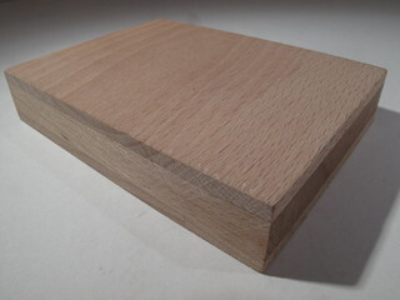Blockboard is one form of constructed composite plywood board where edge-to-edge softwood strips are linked together and often a sandwich frame is bound between them. Typically the blockboard is found in various sizes and thicknesses. The normal size of the blockboard is 2440x 1220x 30 mm.

Table of Contents
Technical Properties of Blockboards
- Formaldehyde emission
- Fire safety category
- Modulus of elasticity cross
- Length and width tolerance
- Thickness tolerance
- Modulus of elasticity long
- Bending strength
- Density
- Bending strength cross
Types of Blockboards
The identification of block boards depends on the various properties used for the base such as performance, using, raw material.
Depending on the raw wood used in the core:
- Softwood Blockboard
- Hardwood Blockboard
Depending on quality and use:
- Interior Grade Blockboard
- Exterior Grade Blockboard
Various Aspects of These Types are Discussed Briefly Below:
Interior Grade Blockboard: Such levels are designed for moisture-resistant indoor applications, e.g. MR (Moisture Resistant). Furniture, door, shutter to the window.
Exterior Grade Blockboard: This blockboard variety is manufactured for outdoor use. BWP (Boiling Water Proof) or BWR (Boiling Water Resistant) are called both. This high resistance performance is also fantastic for quality due to the adhesives used here.
Softwood Blockboard: Solid wood blocks are used to render the growing layer of the blockboard that is covered with glue. The plates are referred to as bars or bats. The surface is covered with veneers of hardwood.
Hardwood Blockboard: Hardwood is thick, solid, costly, effective as the center is made of hard plates. The covering is made from hardwood as well.
Processing of Blockboard
The following are the operation phases of the blockboard:
Gluing: For example, glue or adhesives are used to connect the slices. Urea-formaldehyde, the so-called plastic resin formaldehyde phenol. Inside grade block board includes formaldehyde of phenol. Gluing takes place under high pressure.
Drying: The blocks were dry to reduce the amount of humidity and water left in the blocks. The blocks are held in front of the sun for drying. The level of humidity is reduced to 10-12%. They’re ready to make a sandwich after proper drying.
Finishing: When the lamination is done, a covering is rendered
Rotary Cutting: Through rotary grinding, logs are split for the outer layer. Thus the surface veneer is received.
Slicing: At first, timber logs are sliced to make the raw blocks.
Attaching: Blocks are attached to the softwood or hardwood used as required for the interior or exterior grade.






